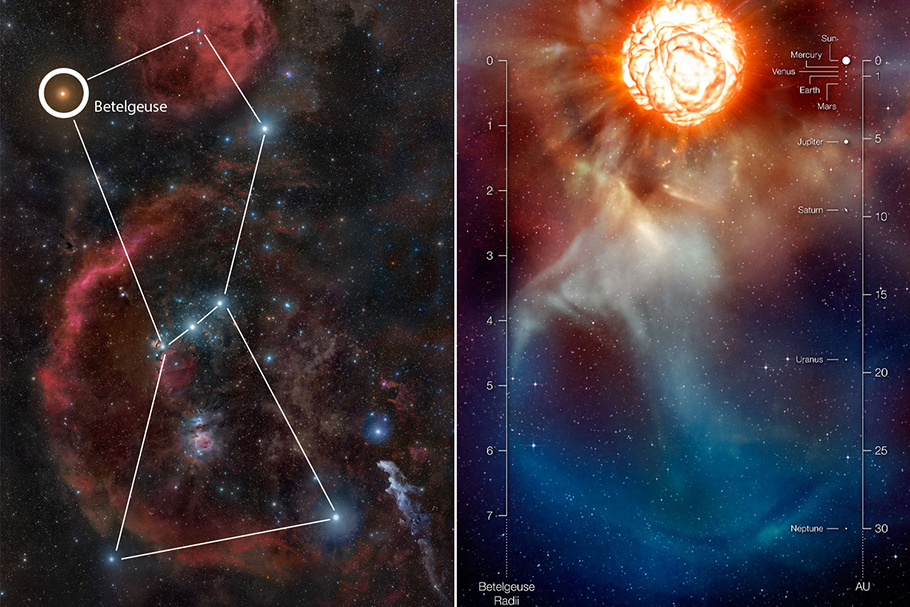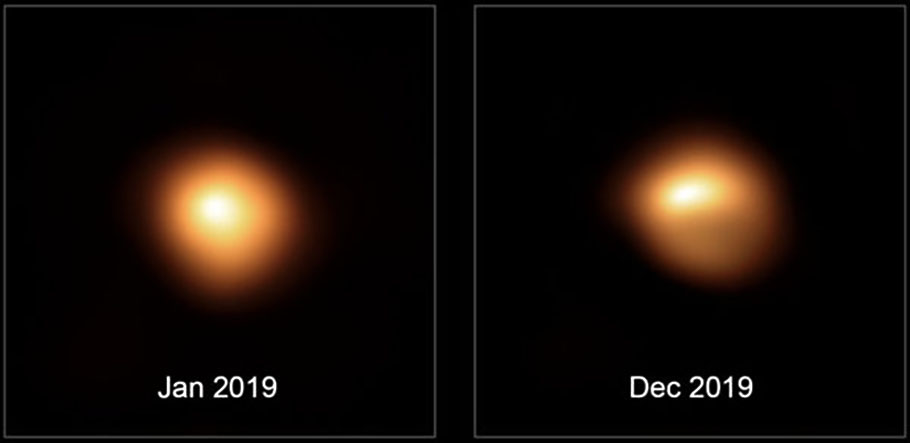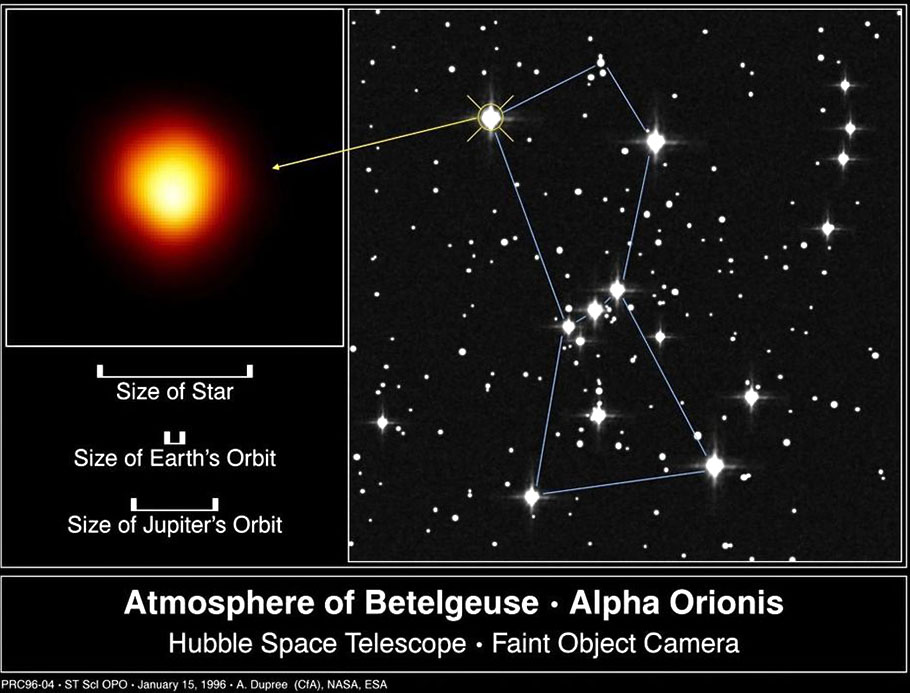
- Home
- India
- World
- Premium
- THE FEDERAL SPECIAL
- Analysis
- States
- Perspective
- Videos
- Sports
- Education
- Entertainment
- Elections
- Features
- Health
- Business
- Series
- In memoriam: Sheikh Mujibur Rahman
- Bishnoi's Men
- NEET TANGLE
- Economy Series
- Earth Day
- Kashmir’s Frozen Turbulence
- India@75
- The legend of Ramjanmabhoomi
- Liberalisation@30
- How to tame a dragon
- Celebrating biodiversity
- Farm Matters
- 50 days of solitude
- Bringing Migrants Home
- Budget 2020
- Jharkhand Votes
- The Federal Investigates
- The Federal Impact
- Vanishing Sand
- Gandhi @ 150
- Andhra Today
- Field report
- Operation Gulmarg
- Pandemic @1 Mn in India
- The Federal Year-End
- The Zero Year
- Science
- Brand studio
- Newsletter
- Elections 2024
- Events
- Home
- IndiaIndia
- World
- Analysis
- StatesStates
- PerspectivePerspective
- VideosVideos
- Sports
- Education
- Entertainment
- ElectionsElections
- Features
- Health
- BusinessBusiness
- Premium
- Loading...
Premium - Events

An astronomer’s telegram: A bright red star Betelgeuse is dying
When Betelgeuse collapses and goes supernova, it would appear brighter than a half-moon for more than a hundred days

Bearing a shocking revelation, the astronomer’s telegram, numbered ATel #13439, arrived in the wee hours, 03:57 UT (09:27 IST) of December 8, 2019. Sent by Edward Guinan and Richard Wasatonic from Villanova University, it reported an “unprecedented dimming of the bright red supergiant Betelgeuse” star. The brightest star of the night sky is Sirius (popularly called Dog-star)....
Bearing a shocking revelation, the astronomer’s telegram, numbered ATel #13439, arrived in the wee hours, 03:57 UT (09:27 IST) of December 8, 2019. Sent by Edward Guinan and Richard Wasatonic from Villanova University, it reported an “unprecedented dimming of the bright red supergiant Betelgeuse” star.
The brightest star of the night sky is Sirius (popularly called Dog-star). Until recently Betelgeuse was the tenth brightest star. Since October 2019, it has slipped to 25th position, as it is only about 36% as bright as it was a year ago. As a variable star, the fluctuation in the brightness of Betelgeuse doesn’t come as a surprise. But the intensity has been fading since October 2019, reaching a modern all-time low on December 7, 2019.
Speculation went wild. News spread like wildfire — that Betelgeuse, known in Indian astronomy as Ārdrā/Thiruvathirai, is in its death throes. Like the lull before the storm, giant stars dim during the pre-supernova phase, before it finally collapses and ends in a fiery supernova explosion, so they said.
But, “the reports of my death are greatly exaggerated,” said Mark Twain once, in a cheeky telegram to the press in the United States after his obituary had been mistakenly published.
Recent observations indicate that the Betelgeuse is gaining brightness once again; perhaps it may not die just now. While why the star became exceptionally faint still remains unexplained, Betelgeuse is not going to explode tomorrow.
The Betelgeuse show
With its brightness waxing and waning, Betelgeuse has attracted the attention of astronomers for long. The sporadic records of its luminosity are available as far back as about 180 years ago. Systematic recording of its brightness has been undertaken from the 1920s, and Guinan and his student Scott Wacker have been collecting photometry records patiently since 1981. Since 1995, it has been continued by his other student Wasatonic.

At least three periodic cycles have been found. One very long term with a period of 420 years, medium cycle with 5–6 years periodicity and a short cycle of 100–180 days. While the change in the luminosity is nothing new, the level of diminishing in the light observed since October 2019 was astonishing.
What’s more, not only is it losing its sheen, but Betelgeuse’s shape also seems to have changed. In the new high-resolution image obtained in January 2020 by the Very Large Telescope of the European Southern Observatory in Chile, Betelgeuse appears as a squashed oval shape rather than a round disc, like other stars. No wonder the premature death of the star was predicted.
What is Betelgeuse?
Betelgeuse is one of the seven bright stars that form the constellation of mṛgaśiraṣa in Indian astronomy or Orion the hunter in the West. Prominent with seven bright stars and a distinct hourglass shape, the constellation is hard to miss during clear winter nights. Betelgeuse is the bright red star on the right shoulder of Orion. It is located at one of the vertices of the rectangular shape it forms with three other stars — Rigel, Bellatrix and Saiph. Inside the rectangle, three stars appear to form a straight line.
The red supergiant star is at least 15 times more massive than the Sun and perhaps even 20–25 times heavier. It is so monstrous that, if instead of our Sun, Betelgeuse was at the centre of our Solar System, it would engulf Mercury, Venus, Earth, Mars and stretch to Jupiter’s orbit.
- The occurrence of the full moon near Betelgeuse (Thiruvathirai) falls in the Tamil month of Margazhi, which is celebrated as 'Arudra Darshan'
- The first appearance of Betelgeuse in the eastern horizon, just before the sunrise occurs in early June, which marks the onset of the northeast monsoon over Indian peninsula
- Ārdrā in Sanskrit means moisture and the Betelgeuse was seen as the harbinger of monsoonal rains
Although it is quite big, its surface brightness is just 3000 K compared to the sun’s 5000 K. In fact, it appears bright reddish to the naked eye because it is cooler. Contrary to our mindset, cooler stars appear red whereas the hotter ones blue or white.
The star is so colossal that even with a lower surface temperature, it emits 50,000 times more energy than the sun.
For supergiant stars, substantial thermal radiation pressure is required to counterbalance the crush and squeeze of its massive gravitational pull. They also have to consume fuel at a far larger rate and generate enormous thermal radiation.
As the rate of consumption is far higher, the star exhausts its fuel in a shorter time. Hence, they often have a fraction of a lifespan compared to sun-like stars. They live fast and die young.
From its birth, the sun is estimated to shine for about 10 billion years and is currently 4.6 billion years old, and hence, we have another 5 billion years to go before its fuel is exhausted. At 10 million years old, Betelgeuse is already nearing the end of its lifespan and could explode anytime now.
Cry of the wolf
As Betelgeuse is relatively nearby, in powerful telescopes it appears not as a point light, but as a disc. The angle of parallax is smaller than the angular diameter of Betelgeuse, making the precise computation of the distance difficult. From the first attempt to measure its distance by Friedrich Bessel in 1838, the distance of Betelgeuse has remained a puzzle. Until recently, astronomers assigned the distance somewhere between 330 lightyears to 650 lightyears.
The estimate of the distance was surefooted, with the data gleaned from the European Space Agency’s (ESA) Hipparcos space astrometry mission. Launched in August 1989, the mission helped compilation of parallax of 1,18,218 stars that helped pinpoint their distances. Astronomers today estimate the distance to be anywhere between 834–568 lightyears, often placing it at around 724 lightyears.
Given the uncertainty in its distance, significant variances exist in the calculation of the star’s attributes, such as mass, size, brightness, and others. The mass of the star is placed anywhere between 10–20 solar masses, resulting in ambiguity in estimates of its lifespan.
Why did the star dim?
The latest news from star watchers is that the “fainting” episode is over. Betelgeuse has definitely stopped dimming and may even have started to slowly brighten. One has to see if it will return to its prior levels of brilliance. Although this time around the brightness dropped to unprecedented levels, the dimming is most likely related to the 420-day cycle.
The fading act, it now appears, was not a prelude to an imminent supernova explosion, but just a false alarm. While the exact reason for the extraordinary fall in luminosity is yet to be fathomed, astronomers offer three plausible explanations.
One: Perhaps the star had a blackspot maximum. Just as we observe bubbles while cooking upma, emanating from below, rising up and bursting at the surface, in stars too convective cycles help bring the energy from its core to the surface. The convective cycles produce black spots, regions that are comparatively cooler than the surrounding.

Betelgeuse is studded with numerous such black spots, some of them even bigger than the earth. If the black spots become numerous, the star might give an appearance of dulling. The exceptional fainting may be due to unusual stellar activity.
Second: Dust is obstructing the light. Ageing supergiant stars often belch out gas and dust called ‘stellar mass ejection’, and perhaps Betelgeuse is shrouded in this veil of gas and dust. The bloating supergiants often lack adequate gravitational grip on its outer layer. The outer layer slowly escapes to space and expands. Expanding gas cools, and the dust and gases could absorb and dim starlight. Shrouded by its own shredded material, the star looks dimmer, with part of it obscured to give an appearance of change in shape.
Third: Rare coincidence. Betelgeuse has many cycles of the variability of brightness. Perhaps the minima of all these cycles have accidentally come at the same moment. When that occurs, the star could be unusually faint, as it does now.
But what exactly is happening, no one is sure.
Threat from supernova
Mysteriously, about 252 million years ago, Permian-Triassic extinction occurred, in which 96 per cent of all marine species and 70 per cent of all terrestrial vertebrate species became extinct. Recently scientists implicated a supernova explosion about 150 lightyears away for this event, described as ‘great dying’. Supernova explosion of stars like Betelgeuse that are located 50 or fewer lightyears away from the earth, would wipe out life on the planet.
Luckily, Betelgeuse, more than 700 lightyears away, is no threat to the earth. By the time the deadly radiation reaches the earth, it would have attenuated to safe levels.
Nevertheless, supernova of Wolf-Rayet type stars is a threat. These stars funnel all its radiation pointed along its rotational axis. If the earth happens to be aligned to this rotational axis plane, the result would be devastating.
To prepare ourselves in case of an eventuality, astronomers have placed an early warning system in place. Consisting of seven neutrino observatories — Helium And Lead Observatory (HALO), Sudbury Canada, BOREX (BORon solar neutrino Experiment) and Large Volume Detector (LVD) Gran Sasso, Italy, Daya Bay China, KamLAND and Super-Kamiokande in Japan, and IceCube, Antarctica — the SuperNova Early Warning System could forewarn years ahead of any imminent supernova explosions in the nearby region. These neutrino observatories can identify the characteristic neutrino spectrum signature of an impending supernova explosion. If and when Betelgeuse is about to explode, we would be well prepared.
Evidently, time still has not come to book the front row to watch the biggest celestial show humans have ever witnessed. The last time a supernova was visible to the naked eye on earth was in 1604. If not today, surely the star will spectacularly explode, in the next 100,000 years. It is near the end of its lifespan. When that happens, it would be a day to mark in our calendar.
When Betelgeuse collapses and goes supernova, it would appear brighter than a half-moon for more than a hundred days. However, as the brightness would be concentrated at one point, the light from the star would cast shadows at night. The explosion would be so bright that it would be visible even during the daytime for about a thousand days. Then slowly, the bright spot would fade and disappear entirely. There will no longer be a star on the right shoulder of Orion.
